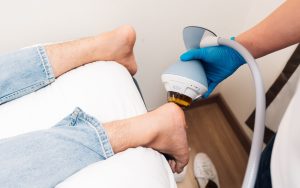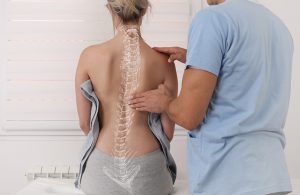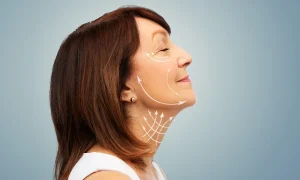High arches are precisely what their name implies. When you stand squarely on both feet, the arch of your foot is quite prominent and does not contact the ground. This places additional strain on the ball and heel of your foot.
High arches are sometimes referred to as “pes cavus,” which means “hollow foot” in Latin. You’ll understand why if you do the wet footprint test. Your wet footprint only leaves an impression on your heel and ball of your foot, with no mark on your mid-foot.
What Are the Causes of High Arches?
While most persons with high arches are born with them, others acquire them over time. If you acquire high arches later in life, or if only one of your arches raises, you should consult a doctor since it might be a sign of a neurological issue.
High arches are caused by two basic factors:
- Genetic/natural orthopaedic shape
- Neuromuscular and neurological disorders
Can High Arches Cause Pain?
High arches might eventually cause aches and pains in many places of your body. Because your weight is placed on the ball of your foot, high arches exert more strain on your metatarsals or midfoot bones. This can cause foot discomfort when standing, walking, or jogging, which can spread to your ankle, knee, hip, and back over time.
High arches can cause a variety of problems, including:
- Corns and calluses on the ball, side, or heel of the foot
- Arch inflexibility and rigidity
- Hammertoes
- Lower calf muscles that are tense
You are more prone to supinate or underpronate if you have high arches. As a supinator, your arches do not adequately absorb the impact of walking/running, and your foot does not roll inward sufficiently when landing. The wear patterns on the soles of your shoes might provide a hint.
Supination can place too much pressure on the joints and muscles of your foot, ankle, and leg, causing discomfort. High arches do not often cause arch pain. However, supination causes the following issues:
- Pain in the iliotibial band
- Knee discomfort
- Plantar fasciitis
- Achilles tendinitis.
Injuries such as inversion ankle sprains, heel spurs, and stress fractures are common among severe supinators. Therefore, supination and high arches are not synonymous. However, supination is a common biomechanical abnormality in patients with high arches.
All of the troubles that might occur as a result of having high arches can be intimidating, but there is something simple you can do to avoid them.
What Is the Treatment for High Arches?
The finest thing you can do for towering arches is to support them correctly. This necessitates the use of insoles designed for high arches. By appropriately dispersing your body weight, insoles will relieve excessive strain on the ball and heel of your foot. This, in turn, will reduce the effect of walking, running, or jumping.
Insoles for high arches also aid in correcting biomechanical anomalies like supination. In addition, the deep heel cup of an insole stabilises your heel by concentrating the fatty pad beneath your heel bone and enhancing your foot’s natural cushioning.
The most crucial thing to look for when purchasing insoles for high arches is an arch that is high enough to fit your arch. One-size-fits-all insoles and those purchased at a drugstore will not work for you.






More Stories
Shockwave for ED vs. Traditional treatments – A comprehensive comparison
Effective Ways to Manage Spinal Curvature in Adolescents
Enhance Your Culinary Experience: Pairing Cannabis Strains with Local Flavors